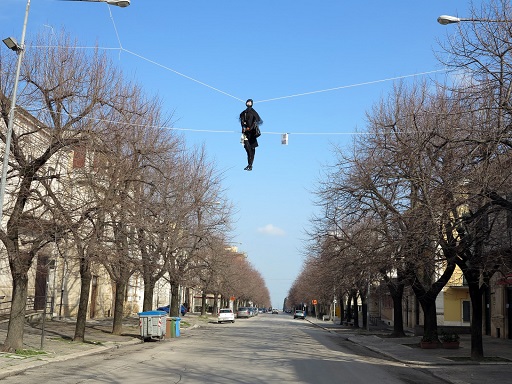One of the most strange and traditional symbolic characters of Lent is the “Quarantana” (literally meaning forty days), an old lady looking puppet, that at the end of Carnevale is hung up in the streets of some towns.
This ritual is still celebrated in small towns, generally in the hinterland, where the communities have preserved better the old traditions. Her name derives from the dialect; for this reason in some town she can be known with other names, such as “Quaremma.” This ritual, according to the proofs, as many others traditions is bound to the primitive and pagan culture. When the Christian religion became very important, it was impossible to eliminate the old traditions, so they were absorbed acquiring a new Christian meaning. The “Quarantana” was, indeed, a ritual of purification connected to the cult of Bacco.
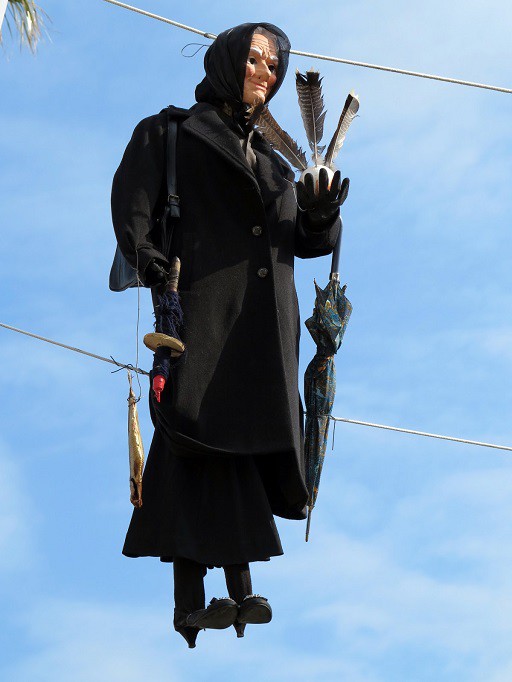
Carnevale (Carnival) and the Quaresima (Lent) are strictly bound, since they are respectively the end and the beginning of a new annual cycle of life. Carnevale, literally from the Latin “carnem levare” (farewell from meat), was a period of joy and cheerfulness, a period in which all the excesses were allowed. Lent became such a natural and psychological need of the population to periodically eliminate the Bad. It is the most important celebration for Christians, the rebirth of Jesus Christ, the rebirth of the Good.
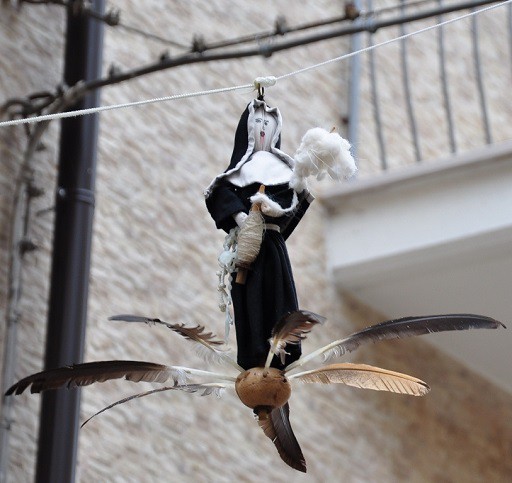
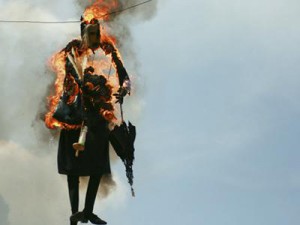
The “Quarantana”, generally considered Carnevale’s wife, is hung in the streets on Ash Wednesday. Sometimes she can appear for the first time on Fat Tuesday (Martedì Grasso) at the end of the Carnevale parade. On this occasion, people dress up and march in the streets, dancing and singing. At the end, the last part of the parade represents Carnevale’s death. Carnevale is personified as a fat man, since he is the representation of all the excesses, in a coffin. Behind the coffin, there is a procession of people, who cry for Carnevale. Among those people there is the “Quarantana”. For this reason she wears a black dress and in her hands she grabs the spindle, symbol of time, the orange, symbol of the coming spring (another association to a new cycle of life) and seven or forty feathers, each one respectively for each week or day of lent. With the passing of the days or the weeks the feathers in her hand become fewer and fewer.
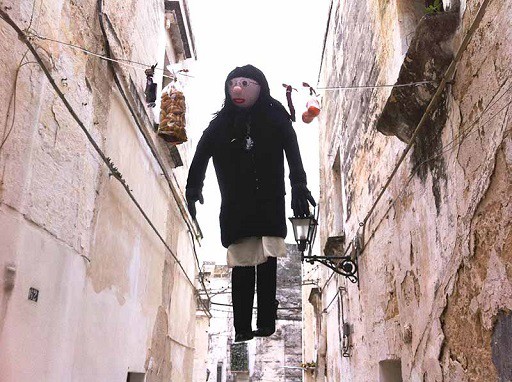
So, she is hung for forty days till the last procession of the Easter tradition: “the procession of the Resurrect Christ”. This is the most joyful procession. In some towns people hang colorful sheets at the windows; those sheets take the place of the white ones, trade-mark of Lent processions. On Easter day, the “Quarantana” is finally burned or blown up.


